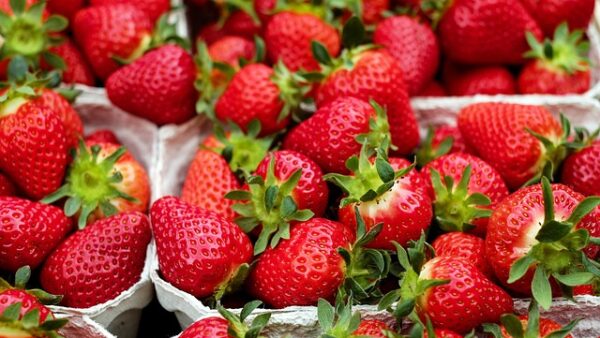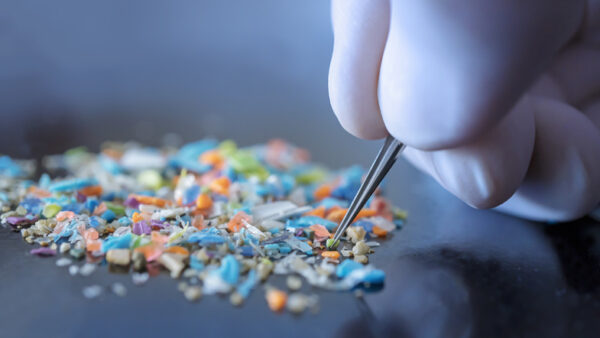U.S. growers have one of the most difficult jobs in the U.S. from my perspective, determining how to manage a multitude of variables from finances, fields, crop selections’ fertility, labor availability, water availability, as well as Mother Nature! It is a daunting task unmatched by any other profession in terms of decision-making risk, which leaves me in awe. Sometimes growers forget about all the people in the background working to reduce this risk via seed innovations.
When a grower is faced with a seed decision, consumer demand, agronomic fit and price jump to the forefront in discussions with their seed dealer or seed company. Sometimes it’s useful to peek behind the curtain to see why seed innovations happen.
Current and undiscovered “needs” drive all innovation efforts by seed company research and development engines. Whether a consumer/retailer preference, agronomic challenge, resource limitation such as water, nutrients or labor shortage, seed companies focus their efforts on bringing the most valuable innovation to growers’ farms. Committing upwards of $3 billion or around 8-28% of revenue in new seed research and development (dependent on crop and portfolio) over the course of seven to 14 years takes a serious business investment. Investment grows the pie for growers, consumers and seed companies, as shown by the fact that every $1 spent on soybean/wheat seed equates up to approximately $46 of sellable product! One study from Iowa State concludes that growers get a 6:1 ROI for every $1 spent on new seed.
Buying new seed from an authorized seed dealer ensures that seed companies can continue to feed the seed innovation engine, bringing you high-quality seed backed by agronomic support from either your authorized seed dealer or the seed company. New seed innovations include proprietary seed treatments that help get growers’ crops off to a faster, healthier start. Better genetics improve genetic potential and disease tolerance, providing an abundant and high-quality product for consumers. Newer plant breeding techniques using genome editing tools allow plant breeders to focus on stress and nutrient use efficiency genes, as well as other native traits, with unprecedented speed and cost … $10 million and five years!
How does a grower know what type of innovations are in a bag of seed? Check your seed bag to see what type of intellectual property is contained and verify the seed company and QA specifics as outlined by the Federal Seed Act to ensure transparency. Or, you can ask your authorized seed dealer. They represent the seed companies that do breeding, testing and agronomic trials to ensure varietal fit to most targeted geographies. Plant breeders not only find the “needle in the haystack,” but they also identify where the haystack is in your county! Today’s plant breeding techniques are bringing an in-depth knowledge of the genome with terabytes of data from remote sensing efforts to make better and faster decisions on what to advance. Thank a plant breeder today.
With so much exciting effort and resourcing committed to the U.S. seed industry, it’s hard not to imagine “What if?” The Seed Innovation and Protection Alliance of over 100 companies committed to seed innovation thank you for buying “new seed from an authorized seed dealer!” Let’s keep feeding the goose that lays the golden eggs!












